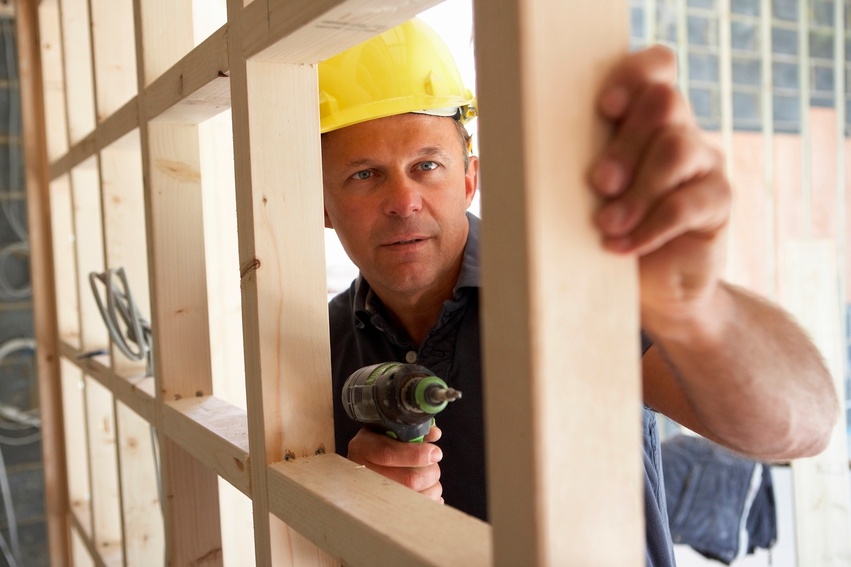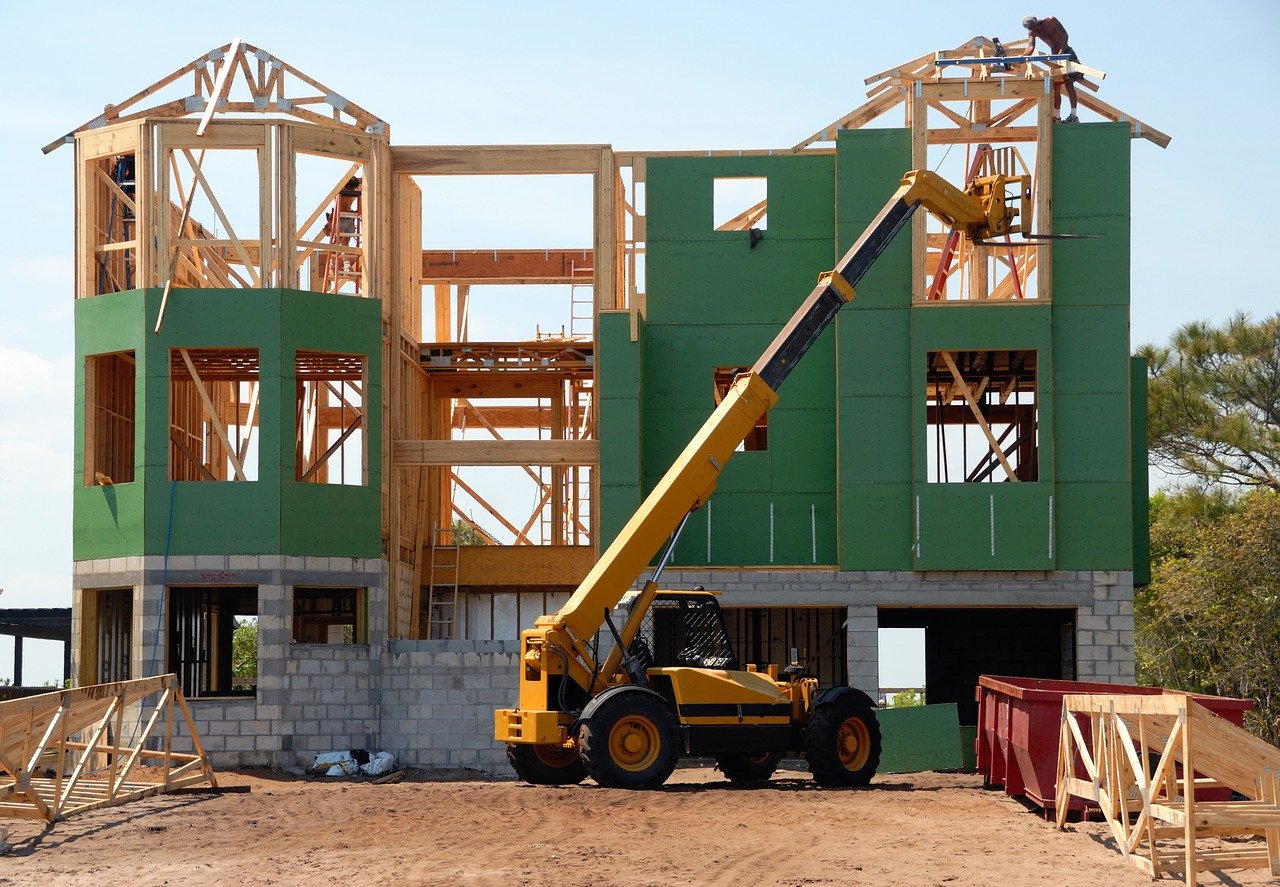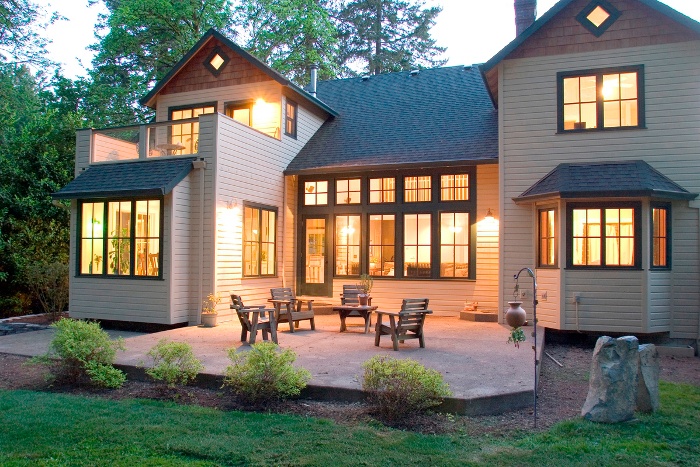Examples of Scope Creep: A New or Remodeled Wallingford Home
There’s an uncomfortable truth about remodeling your Connecticut home: It costs money. We occasionally meet with prospective clients who have great ideas for what they want to do to improve their homes in the Wallingford area—only to be frustrated when their lack of funds get in the way. Some of what I’m going to share will sound counter-intuitive for a builder/remodeler. Obviously, we make our money when we work on projects for clients. But seeing clients get in over their heads financially just isn’t the right solution for anybody. Here are a few ways you can avoid getting yourself into financial difficulty with your remodeling dreams.
- Adjust Your Expectations: It’s easy to get caught up in picking out designs and materials online or in showrooms. If you don’t have the available funds, however, you may have to make some adjustments. Granite countertops may be gorgeous, but there are other solutions that may serve you just as well at a fraction of the cost. You may love the idea of installing brand new kitchen cabinets like the ones you saw on houzz.com, but it could be that simply refinishing your existing cabinets is the way to go for now. Talk to your remodeler about cost-effective ways to get what’s really important to you. That doesn’t mean you can’t improve, but it could mean making an adjustment to what you can truly afford.
- Rethink Your Schedule: It’s nice to think about all the things you want to do to your home and plan a complete make-over. But if you’re faced with limited resources, you may have to spread the projects out a bit. Sure, it would be great to remodel the kitchen, the master bath, and your family room at the same time and be done. But it’s probably better to spread that work (and expense) out over a long time that makes it more manageable.
- Take Your Time: We occasionally encounter prospective clients who simply don’t have enough equity in the homes to qualify for the loan required to do the kind of work that needs to be done. Don’t let yourself be rushed into securing a high-interest loan because it’s all you can get at the moment. Take time to build a bit more equity in your home. Try to sock away some extra cash. Use the time you’re waiting to do research and make sure you’ve got the plan you want. It doesn’t cost you anything to do online research—and it may enable you to come up with a plan that works just as well, for less money.
There are also a few things that will give your small house renovation more bang for your buck and even save you money in the long run.
Open up a ceiling or add skylights
It may require opening up an attic or a pitched roof, but the cost may be worth it. The change not only gives the home an expansive and natural feel, but it will also save you in electric bills for lighting the home over years. Make sure to install ceiling fans if you do this – they will help to circulate hot and cold air and keep your home efficient. Skylights are great too, in hallways or main areas. Opening up a ceiling or adding skylights will also make the home feel larger, so this is a great option for those with tiny homes.
Renovate to conserve light
Opening up rooms is all the rage these days, and it’s a great way to use all of the light that comes into a home. If there’s a particular room that gets a lot of sunlight but you want to block it off to use as an office or semi-private space, consider using French doors (with windows) as separators. The light will still come through to the rest of the house.
Don’t change the size of the windows
Unless you’ve got really teeny ones, it’s not worth the cost to expand the size of your windows. That said, if you have a side of the house that gets a lot of natural light, it may change the game a little bit. The investment will be worth the amount of benefit and energy savings that you’ll get out of this one. Whenever replacing windows, make sure you’re choosing insulated windows with thick glass. This will cut way down on energy bills and keep sound down from the outside, too.
Insulate, insulate
Insulation is a good investment because it doesn’t cost that much in the scope of a whole renovation, but it pays off in dividends in energy bills and sound traveling throughout the house, as well as creating a comfortable and secure feeling throughout the home. Maximize it for your Meriden home renovation!
Skip the glass shower doors – or any shower doors at all
Glass shower doors are beautiful, but a lot of upkeep and expense for what they are. Go for a shower curtain setup for its versatility and ease of maintenance, or consider a shower stall that doesn’t have a door. It’s trendy now to open the shower to the rest of the bathroom, much like a spa setup.
Building a custom home in Connecticut is an exciting proposition. But there is some excitement that you can do without. You may have heard or read about custom building projects that spin out of control—blowing the budget out of the water and missing the completion deadline by weeks, or even months. That’s the kind of excitement that homeowners (and builders) would rather not have.
And yet, it happens all the time. How in the world do so many custom-building projects cost more than budgeted—and take so long to complete?
It’s true that there are a lot of “moving parts” in building a custom home. There can be circumstances that are beyond anyone’s control. Sometimes shortages can drive material costs up unexpectedly. And those shortages can also cause delays. Every now and then, builders run into things that are just more difficult than expected. There’s not much anybody can do about those things. But there’s another cause of budget and deadline busting that can be controlled. We, builders, refer to it as “scope creep.” It can destroy your budget and make a joke out of your deadline.
You’ve probably heard that term, “scope creep.” It applies to lots of situations and simply means that the breadth of a project is getting bigger and more and more out of control. True, you can’t control the weather or when the tiles you specified for your kitchen aren’t available.
But scope creep also applies to that “little loft” you want added to your abode or the steam shower that you must have after you saw it while picking out tiles. Adding something this big means that something else has to be modified or adjusted, often at a considerable time for your builder and some expense for you. Think about it. Before you asked for the loft, your roof was going to be X feet off the ground. Now, your builder has to order more materials to build the loft AND make the walls X feet higher. Now, it’s not such a little addition, is it? To add another consideration, your builder won’t be able to finish your house before Easter, as you had requested.
Decide the Exact Scope of What You Want—Before You Start!
Having said all that, it’s clear that it’s a good idea that you have a better idea of exactly what you want, when the project will be finished and what will be included. Set defined goals, decide on a final plan, and stick to it. When you do this, you have defined the exact boundaries—or scope—of the remodeling project or custom home.
Make sure you also know who is responsible for different kinds of cleanup, obtaining permits and even debris removal. These cost money, too, and they are not always included in an estimate or quote.
Not only can you avoid extra costs by being sure, if you offer to do one or two of them, you can save yourself some money because it means your builder can devote his attention to other matters.
Finally, if you’re not sure about the scope of work you and your builder have been discussing, don’t be afraid to do a little research. Ask around or jump onto Google. Whatever you do, when you agree on the specific things that will be done, do everything you can to stick to that agreement. Your builder will be much happier, and so will you.
So how do you avoid scope creep? The first step is to pay close attention to the plans you and your builder have drawn up before you start the building process. This will help you avoid surprises. Once construction starts and you really think something needs to change, tell your builder what it is you don’t like and let him come up with a solution. Tell him what you want the end result to be rather than dictating the solution (“Move the wall eight inches to the right.”). Why? Your builder may be able to come up with a solution that doesn’t cause the scope of your project to creep out of control.
How will your builder respond in order to help you avoid scope creep?
- We can do that! Here’s your new estimate that reflects the increased cost.
- Sure, we can make that change! It’s going to affect the schedule a bit and the new finish date is now X.
- No problem! We can make that change for you, but it’s going to cost you an additional $X and it’s going to delay the completion date by a week. Do you still want to do it?
- Sorry! If you’re not willing to spend more money and if you can’t live with a later completion date, we can’t make this change for you.
Believe it or not, your builder hates scope creep as much as you do. Together you and your builder can eliminate scope creep—or at least keep it under control. For more information on taking control of your budget during a big project, check out this home renovation blog. If you have any questions about budgeting, we are more than happy to help you.









